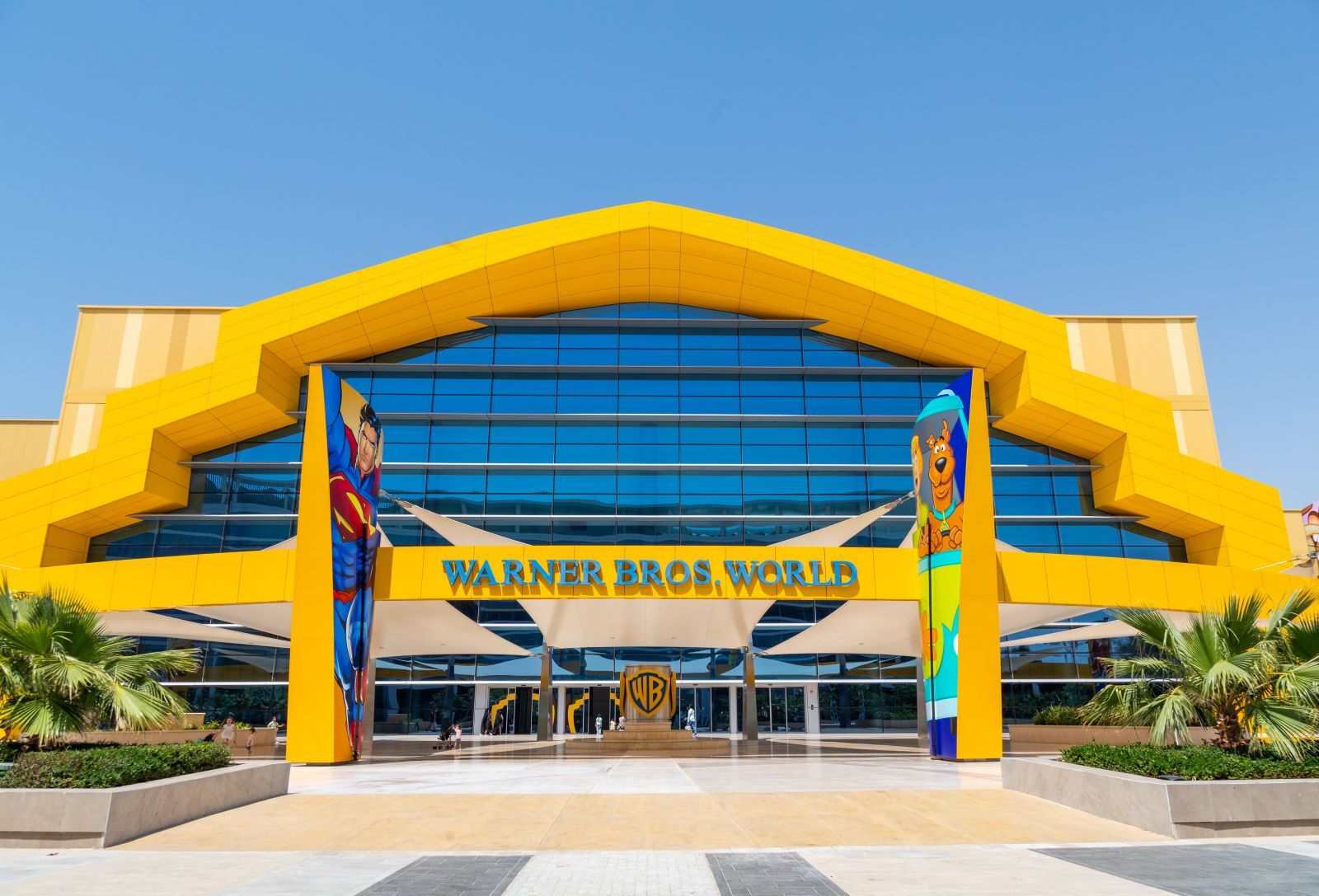Guggenheim Abu Dhabi: A Museum at the Crossroads of Cultures
Before Saadiyat, the Guggenheim story ran along other shores. It began in New York with Frank Lloyd Wright’s spiral Guggenheim in Manhattan – a radical idea in 1959 that turned viewing into a slow ascent through light and space. In Venice, the Peggy Guggenheim Collection pitched the experience differently – a low, waterside palazzo on the Grand Canal where Surrealism and Abstract Expressionism soften into something personal, almost conversational. Then came Bilbao in 1997 – Frank Gehry’s titanium sails along the Nervión – the city that once was built on steel and shipyards discovered that a single museum could redraw its skyline and even its economy. Along the way, some experiments flickered and faded – Las Vegas, Berlin – each part of a foundation testing how far a global museum might stretch. Abu Dhabi extends that map south and east – the first in the Arab world, and the most expansive to date. It is due to open in 2026.

Architectural Design by Frank Gehry
The museum’s striking design is the work of Frank Gehry, the Canadian-American architect famed for landmark structures like the Guggenheim Museum in Bilbao, Spain. In Abu Dhabi, Frank Gehry has imagined a museum unlike any other in the Guggenheim lineage – an 88-metre-tall constellation of nine cone-topped volumes, linked by glass bridges and sunlit terraces. Within its 30,000 square metres of space, the plan unfolds across 28 galleries of varying scale, outdoor exhibition platforms covering 23,000 square metres, and spaces for study, performance, and conservation – including a 230-seat theatre and a dedicated laboratory for preservation.
Gehry looked closely at the region’s architectural rhythms; he noticed features like the repetition of domes and minarets, the play of light across pale stone, and then he gave them a characteristically audacious twist. The design folds Islamic rhythms into contemporary form-making, a work Gehry has described as the culminating chapter of his career. Even in its unfinished state, the building carries the air of a multi-dimensional arts centre which is part museum, part classroom, part open-air stage. When it opens, it will be the Guggenheim’s largest museum yet – a new voice in a story stretching from New York to Venice, Bilbao to Abu Dhabi.
Global Art Collection with Local Focus
While its architecture commands attention, the Guggenheim Abu Dhabi’s soul lies in its collection and curatorial ambition. This is a museum determined to expand the story of modern and contemporary art beyond its familiar Western frame. It positions itself to embrace a wider world of voices, from West Asia and North Africa to South Asia, regions too often footnoted in the great narratives of twentieth-century art. The aim is to trace the threads connecting local, regional, and international movements. Over the past fifteen years, the acquisitions programme has amassed a collection nearing 1,000 works, among them pieces by Julie Mehretu, Dia al-Azzawi, Najat Makki, and the late Hassan Sharif, whose conceptual experiments helped define the UAE’s art scene. New commissions of artists have been invited into the Emirates to create site-specific works, some are very ambitious, designed to converse directly with Gehry’s architecture.
There have been glimpses already. Seeing Through Light (2014) and The Creative Act (2017), both staged in Abu Dhabi, offered the public an early encounter with works by Larry Bell, Dan Flavin, Anish Kapoor, and others, signalling the museum’s commitment to both global modernism and the cultural textures of the region itself.
Cultural Significance in the UAE and Globally
Abu Dhabi’s wager on culture runs deep. In a country seeking to create an identity beyond oil, galleries and museums have become symbols of knowledge, tourism, and soft power. The Saadiyat Cultural District serves as the vehicle for this ambition, with the Louvre Abu Dhabi already open, the upcoming Zayed National Museum, and the soon-to-open Guggenheim Abu Dhabi, which will anchor the capital’s shoreline. The Guggenheim's importance lies in the fact that it will be the first in the Arab world, part of a foundation that stretches from New York to Venice, Bilbao to Abu Dhabi, with a mission to reshape the story of modern art. The museum will place artists from the Middle East, North Africa, and South Asia in dialogue with Western peers, featuring a broader, more nuanced account of modernism than the traditional Euro-American framing presents. Since Bilbao taught the world that a museum could lift a city’s fortunes, Abu Dhabi’s Guggenheim will prove that art can be a cultural bridge, economic catalyst, and civic landmark – hosting a conversation between East and West when its doors open.
Comparisons with New York and Bilbao Guggenheims
As the newest member of the Guggenheim family, Abu Dhabi’s version invites comparison with its distinguished siblings – the flagship in New York and the titanium icon at Bilbao. Abu Dhabi’s museum surpasses them both at 30,000 m²; it dwarfs Bilbao’s 24,000 m² and utterly outstrips the 5,000 m² of Frank Lloyd Wright’s 1959 New York original, since the latter was conceived before the age of mega museums. New York Guggenheim’s central helical space, with its continuous ramp, is devoted largely to Non-Objective Painting and the story of Western modernism, which are very much products of their mid-20th-century context.
By contrast, Abu Dhabi’s Guggenheim is designed with plurality and scope in mind. It houses vast galleries, open terraces, and installations impossible to encompass in Manhattan’s tight embrace. It shares Bilbao’s taste for architectural daring and contemporary art, yet its curatorial compass stretches further. Whereas Bilbao championed post-1945 Western and Basque voices, Abu Dhabi gathers artists from the Middle East, South Asia, Africa, and beyond, setting their work shoulder to shoulder with Euro-American names.
Conclusion
As the Guggenheim Museum Abu Dhabi nears its 2026 debut, the real test will be how it works day to day. Gehry’s nine cone-topped volumes nod to regional wind towers, shaping breezy routes through courtyards and bridges; the massing and terraces temper heat and manage glare. Being delivered by a BESIX-led joint venture that turns drawings into galleries and terraces, Abu Dhabi’s Guggenheim now shows the principle in action with a climate-literate landmark on the Gulf, built for looking, learning, and cultural exchange.



